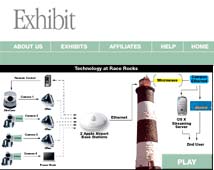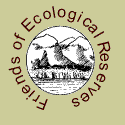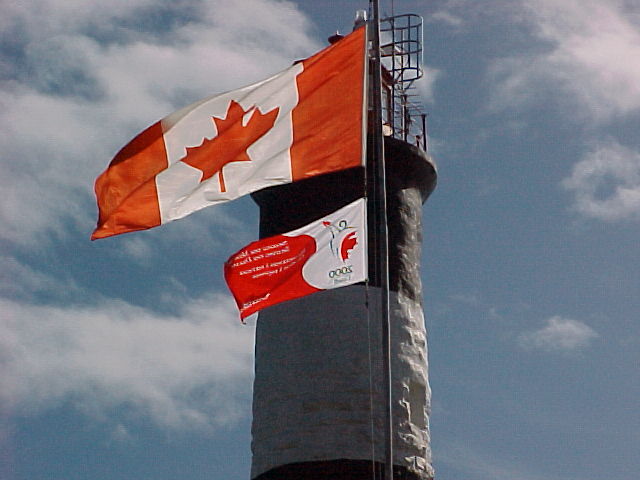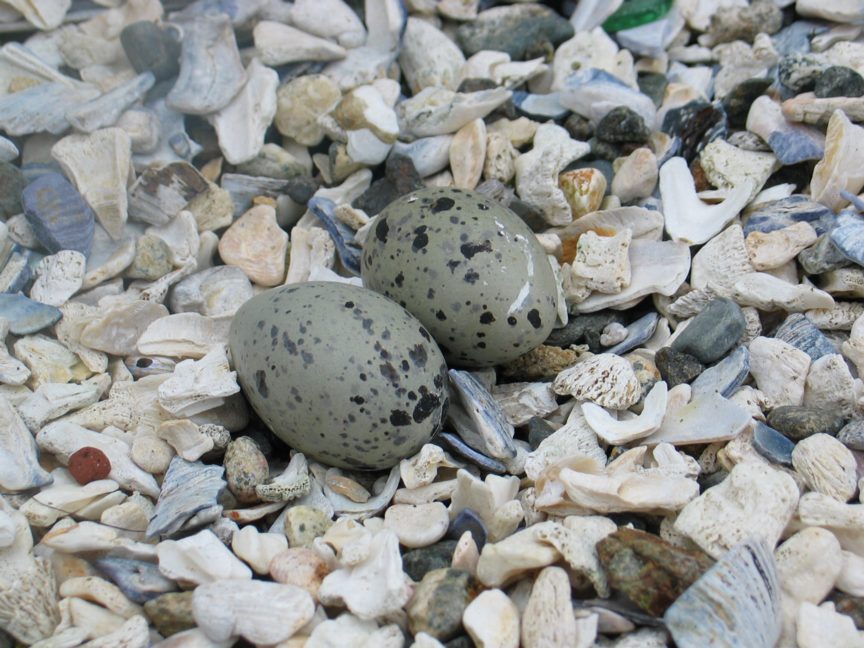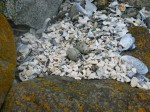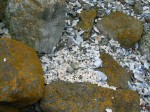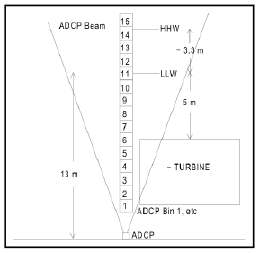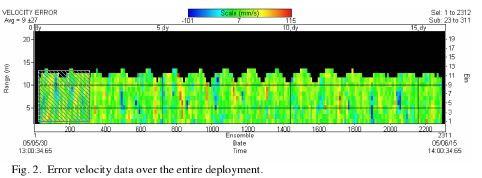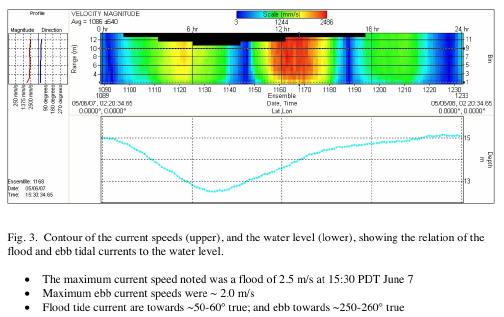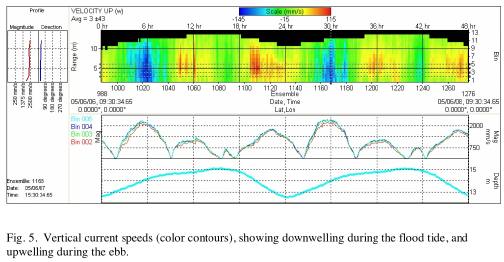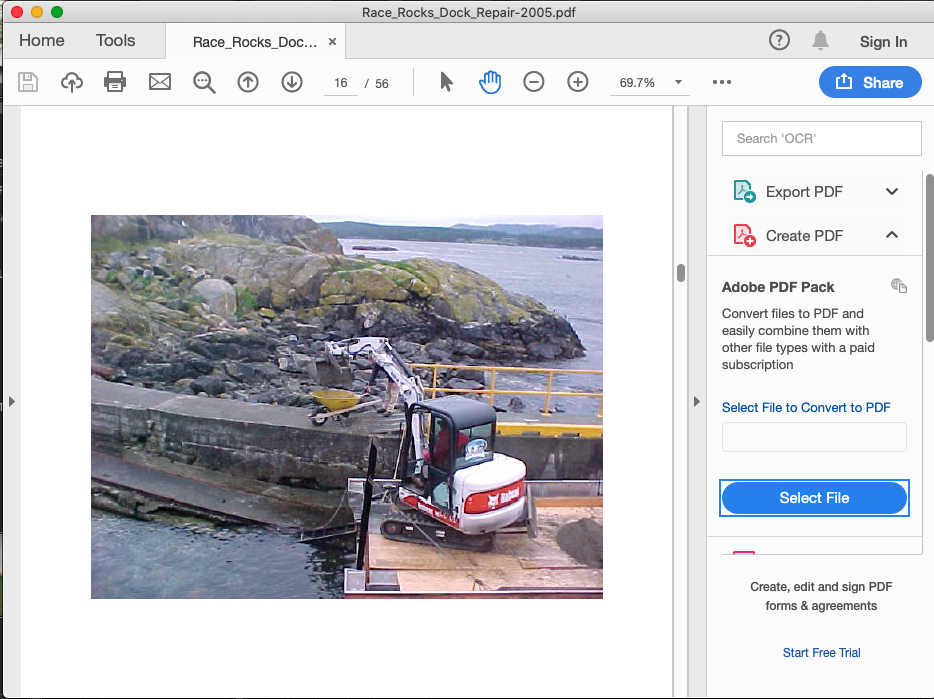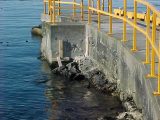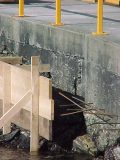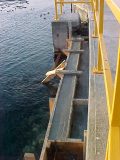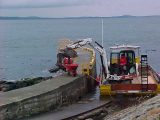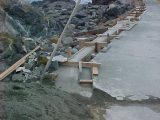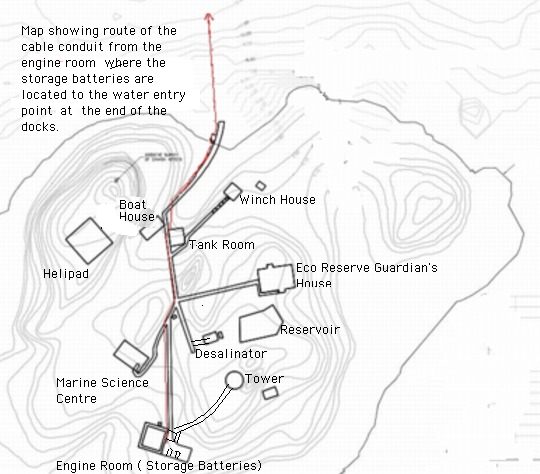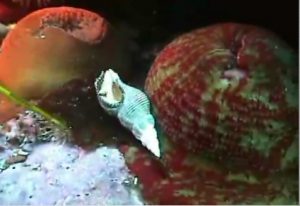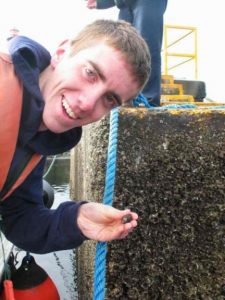Table of Contents
ExecutiveSummary ……………………………………………..3 Protecting Our Marine Environment. . . . . . . . . . . . . . . . . . . . . . . . . . . . . . . . . . . . . . . . . . 4 A Time for Action . . . . . . . . . . . . . . . . . . . . . . . . . . . . . . . . . . . . . . . . . . . . . . . . . . . . . . . 6 BuildingaNetwork–AnInnovativeApproach ……………………………7 BenefitsofaMarineProtectedAreasNetwork ……………………………8 International Agreements and Commitments. . . . . . . . . . . . . . . . . . . . . . . . . . . . . . . . . . . 9 Linkages to Federal Initiatives . . . . . . . . . . . . . . . . . . . . . . . . . . . . . . . . . . . . . . . . . . . . . 10 Guiding Principles for Implementation . . . . . . . . . . . . . . . . . . . . . . . . . . . . . . . . . . . . . . . 10 The Strategic Framework . . . . . . . . . . . . . . . . . . . . . . . . . . . . . . . . . . . . . . . . . . . . . . . . 12
Appendix 1 – Federal Tools for Establishing and Managing
Marine Protected Areas . . . . . . . . . . . . . . . . . . . . . . . . . . . . . . . . . . . . . . . . . . . . . . 14
Appendix 2 – Roles and Responsibilities of Other Government
Departments in Marine Protected Areas (MPA) Establishment and Management. . . . 17
Appendix 3 – The Federal Approach to Building a Network
of Marine Protected Areas . . . . . . . . . . . . . . . . . . . . . . . . . . . . . . . . . . . . . . . . . . . . 18
See the Full PDF :2005canadasmarineproareastrategy
|
Executive Summary Around the world, marine protected areas are increasingly being endorsed as a valuable conserva- tion and protection tool. The benefits of a network of marine protected areas are numerous, diverse and include ecological, social, economic and cultural elements. The drive for a Federal Marine Protected Areas Strategy ensued from the need for a coopera- tive and collaborative approach to the development of a network of federal marine protected areas in Canada as a means to help address the declining health of our oceans. In 1997, the Oceans Act pro- vided Fisheries and Oceans Canada with a leading and coordinating role in this endeavor. The intent of this Strategy is to clarify the roles and responsibilities of federal departments and agencies with marine protected area mandates, namely Fisheries and Oceans Canada, Environment Canada In support of this goal, this Strategy will aim to fulfill its objectives to: • establish a more systematic approach to marine protected area planning and establishment; • enhance collaboration for management and monitoring of marine protected areas; • increase awareness, understanding and participa- tion of Canadians in the marine protected area network; and • link Canada’s network of marine protected areas to continental and global networks. These objectives, and the Strategy’s supporting activities, are a shared responsibility of Fisheries and Oceans Canada, Environment Canada and the Parks Canada Agency. Together, the departments and agencies will work towards meeting these objectives. To ensure that progress on the |
|
and the Parks Canada Agency, and to describe how federal marine protected area programs can collectively be used to create a cohesive and com- plementary network of marine protected areas. The establishment of a network of marine protected areas, established and managed within an integrated oceans management framework, that contributes to the health of Canada’s oceans and marine environments. In support of this goal, this Strategy will aim to fulfill its objectives to: • establish a more systematic approach to marine protected area planning and establishment; • enhance collaboration for management and monitoring of marine protected areas; • increase awareness, understanding and participa- tion of Canadians in the marine protected area network; and • link Canada’s network of marine protected areas to continental and global networks. These objectives, and the Strategy’s supporting activities, are a shared responsibility of Fisheries and Oceans Canada, Environment Canada and the Parks Canada Agency. Together, the departments and agencies will work towards meeting these objectives. To ensure that progress on the fied as candidate sites. In addition, the Strategy outlines how collective planning efforts will be undertaken to identify a suite of sites that may be added to the network in the future. See the FULL PDF: |


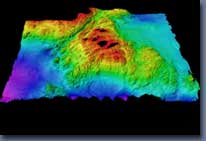 The small, rocky outcrops are home to seals, sea lions, elephant seals and birds, as well as the buildings and equipment of the Race Rocks Lighthouse. These outcrops are literally the tip of the ecosystem New leading-edge bathymetry reveals Race Rocks as a giant underwater mountain. The diversity of marine life is breathtaking and still not fully explored. The teachings of Salish elders merge with more recent science to explain the mysteries of nature at Race Rocks.
The small, rocky outcrops are home to seals, sea lions, elephant seals and birds, as well as the buildings and equipment of the Race Rocks Lighthouse. These outcrops are literally the tip of the ecosystem New leading-edge bathymetry reveals Race Rocks as a giant underwater mountain. The diversity of marine life is breathtaking and still not fully explored. The teachings of Salish elders merge with more recent science to explain the mysteries of nature at Race Rocks.
